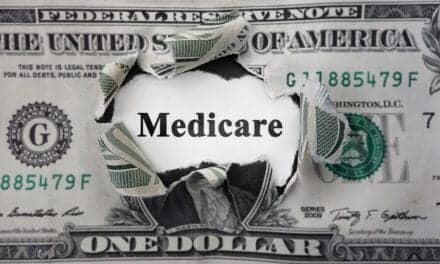A new Harvey L. Neiman Health Policy Institute study found that radiologist participation in Medicare Shared Savings Program (MSSP) Accountable Care Organizations (ACOs) increased more than three-fold between 2013 and 2018, growing from 10.4% to 34.9%. The study is published online in the Journal of American College of Radiology.
The Affordable Care Act established these shared savings programs to shift providers’ economic incentives away from volume to value. Traditional fee-for-service reimbursement pays providers for what they do (volume) without regard for the value of services they provide. Shared savings programs alter this volume incentive by giving a financial reward if quality and cost targets are met and financial penalties otherwise.
“We believe that our work shows that MSSP ACOs are increasingly recruiting radiologists into their plans alongside other specialty care providers, potentially preparing themselves to better assume downside risk in the program while simultaneously improving care and clinical outcomes,” says Stefan Santavicca, MS, of the GA Tech Health Economics and Analytics Lab (HEAL).
“Further research on the impact of ACO expansion on imaging utilization and equipment ownership may help radiologists promote greater value as they increasingly participate in MSSP ACOs,” Santavicca adds.
Santavicca and his co-investigators linked several separate 100% CMS datasets and found that 90% of large ACOs had participating radiologists in 2018. However, this participation rate is largely unchanged from 2013 when this rate was 88%. Similarly, there were only modest gains in the percent of medium size ACO with participating radiologists from 63% in 2013 to 66% in 2018.
In contrast, over this five-year period, the participation rate increased two-fold from 26% to 52% in small ACOs. This growth in the percent of small ACOs with participating radiologists shows the penetration of shared savings programs impacting radiologists even in settings that lack the urban, large, specialty heavy ACOs that have greater capacity for coordinating care.
“While volume-based reimbursement still dominates the healthcare market, value-based reimbursement is gaining ground,” says Danny Hughes, PhD, director of HEAL and Georgia Tech professor of economics. “This study shows that economic incentives of value-based care are reaching beyond the patient-facing specialties such as primary care providers to specialties like radiology to whom patients are not typically attributed.”






